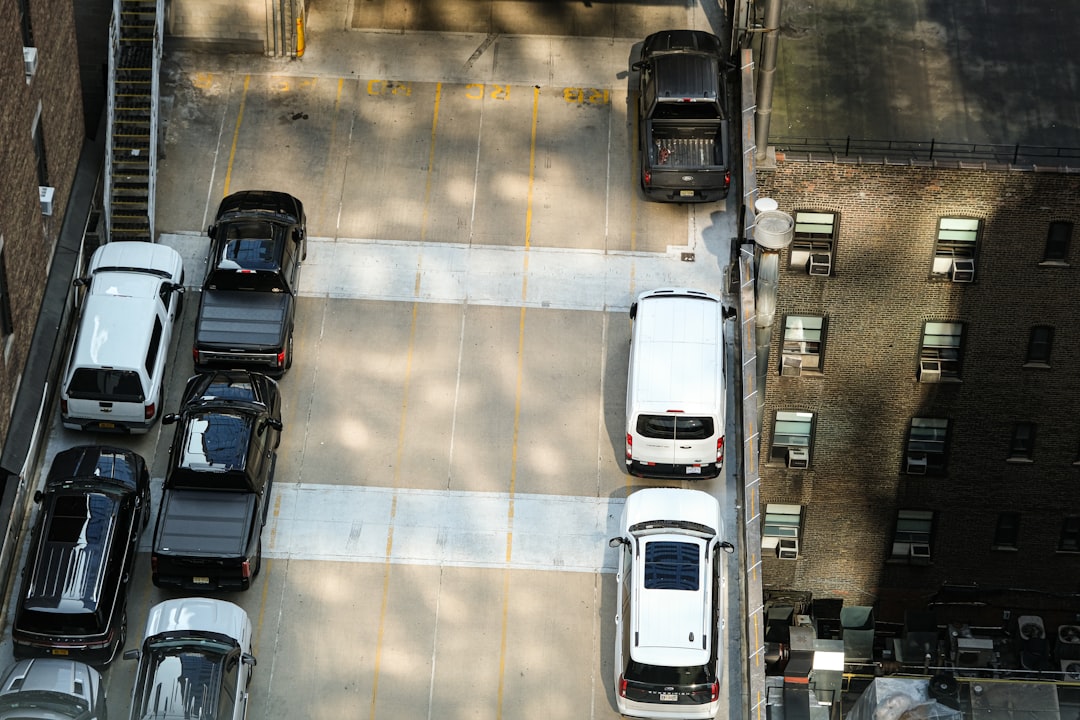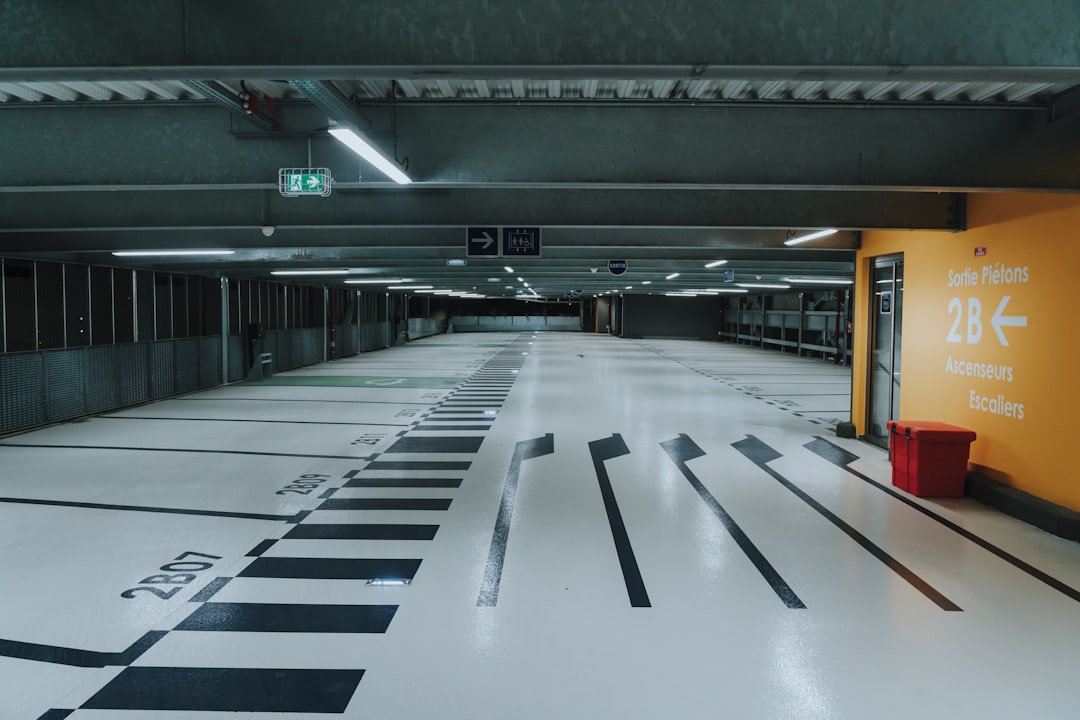As urban populations grow and cities become increasingly congested, smart parking management solutions are transforming the way municipalities and businesses manage limited urban space. In 2025, innovative parking technologies are not just solving logistical challenges but redefining urban mobility. From AI-powered sensors to real-time parking data analytics, here are the top 10 parking management solutions revolutionizing transportation in cities around the world.
1. Smart Parking Sensors
Smart parking sensors are small devices embedded in the ground or mounted on structures to detect the presence of a vehicle. These sensors send real-time data to cloud-based systems, alerting drivers and operators when spaces are vacant or occupied. Their accuracy and efficiency dramatically reduce the time drivers spend searching for parking, easing urban congestion.
Modern sensors are also equipped with environmental detectors, helping cities track pollution levels and air quality in high-traffic areas. These multipurpose use cases make smart sensors a preferred solution for forward-thinking municipalities.

2. License Plate Recognition (LPR) Systems
License Plate Recognition technology has grown in sophistication and affordability. By using high-definition cameras combined with AI to read vehicle plates, LPR systems streamline entry and exit processes, automate billing, enforce regulations, and prevent unauthorized access with unmatched accuracy.
Whether it’s integrated in gated communities, shopping centers, or entire city zones, LPR enhances security and provides a frictionless parking experience for users.
3. Real-Time Parking Guidance Systems
These systems help drivers find available parking spots in real time via digital signs, mobile apps, or in-car navigation aids. With congestion and pollution being top concerns in 2025, these systems significantly cut down the 15-20 minutes the average driver spends searching for a spot.
Parking guidance systems gather data from sensors, cameras, and IoT devices and intelligently project this information to direct vehicles to free spaces. Some even recommend parking based on a driver’s preferences, such as distance to destination or pricing.
4. Mobile Parking Apps
Mobile apps have evolved far beyond mere payment portals. Today’s parking apps offer dynamic pricing, spot reservations, real-time availability, and even reward systems for frequent users. Many tap into city-wide data networks to enable cross-platform functionality.
Popular apps such as Parkopedia, SpotHero, and EasyPark use machine learning to predict spot availability and suggest optimal parking windows, helping users plan ahead with unprecedented accuracy.
5. Automated Parking Garages
Imagine driving your car onto a platform, stepping out, and watching a robotic system park your vehicle in a tightly optimized space without human intervention. Automated garages are becoming more common in dense urban centers due to their ability to maximize vertical space and eliminate inefficient layouts caused by human error.
Beyond their space-saving benefits, these systems promote safety and reduce energy usage by minimizing lighting and ventilation needs. They represent the future of premium city parking solutions.

6. AI-Powered Predictive Analytics
Data is the new currency in urban planning, and AI is helping cities capitalize on it. Predictive analytics in parking management use historical data, weather conditions, and urban event schedules to forecast parking demand and optimize space allocation.
For instance, during concerts or festivals, the system can preemptively adjust rates or redirect traffic flow — reducing bottlenecks and enhancing the user experience. These proactive solutions make city administrators more agile in planning and response.
7. EV Charging Integrated Parking Systems
As electric vehicles (EVs) become increasingly prevalent, the lines between charging stations and parking spaces are blurring. New-generation parking systems come with integrated EV chargers, making them dual-purpose hubs of convenience.
In 2025, these hybrid solutions are not only prevalent in corporate settings and shopping centers but also expanded into residential buildings and street-level parking. Some platforms even offer real-time status on charger availability, ensuring optimal utility for EV drivers.
8. Contactless and Cashless Payment Systems
Post-pandemic digital trends have made contactless interactions an essential part of daily life. Advanced parking payment systems now allow users to pay through QR codes, NFC-enabled cards, mobile wallets, or even monthly subscriptions.
This not only improves hygiene and ease-of-use but also eliminates theft and reduces maintenance costs associated with traditional coin-operated meters. Integration with mobile parking apps enhances the user experience, enabling one-click renewals and digital receipts.
9. Dynamic Pricing and Demand Management
To optimize space use and increase city revenues, smart systems now use dynamic pricing models that adjust rates based on real-time supply and demand. During peak hours or special events, prices are increased to manage congestion, while off-peak discounts encourage efficient usage.
This market-driven approach enhances operational efficiencies and ensures that parking remains available without being monopolized by a few users. In addition, it provides valuable insights into user behavior that cities can use to optimize zoning regulations.

10. Smart Parking Integration with Urban Mobility Platforms
Modern cities are building ecosystems where public transport, ride-sharing, and micromobility services like scooters or bikes interact seamlessly. One key evolution is integrating smart parking systems into broader mobility-as-a-service (MaaS) platforms.
By connecting parking with buses, trains, and shared vehicles, users receive end-to-end trip planning and real-time updates. For example, a commuter can find parking near a metro stop, book the spot via app, and get guided directions all before leaving home. This interconnectedness reduces traffic while promoting public transport use.
The Road Ahead
It’s clear that 2025 is a breakthrough year for parking technology. The convergence of AI, IoT, and smart city planning has resulted in parking infrastructures that are sustainable, efficient, and user-centric. From improving convenience to supporting environmental goals, these top 10 solutions show how parking management systems are much more than stopping points — they are the pillars of a smart and mobile future.
As cities continue to face population growth, sustainability mandates, and shifting urban designs, embracing new parking paradigms is no longer optional — it’s imperative. With these technologies driving us forward, the future of urban mobility looks more efficient, connected, and promising than ever.






